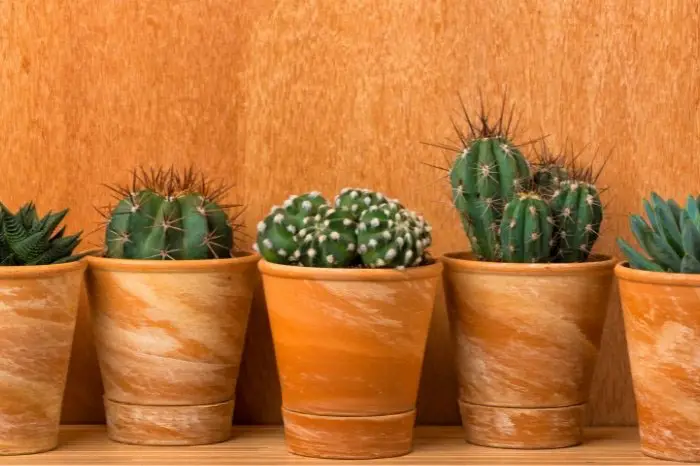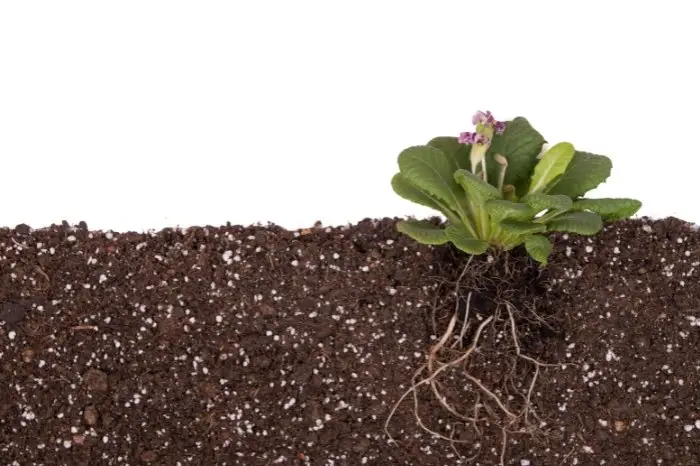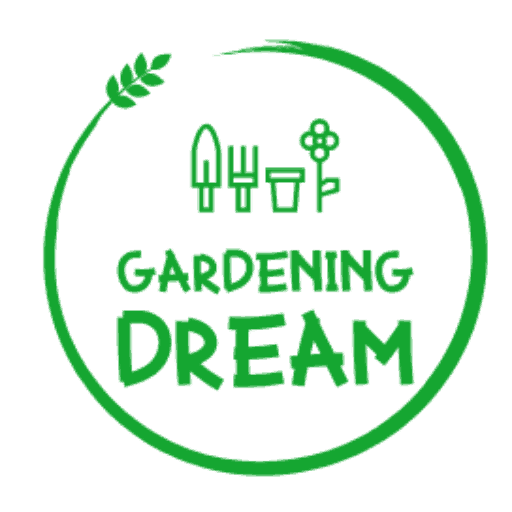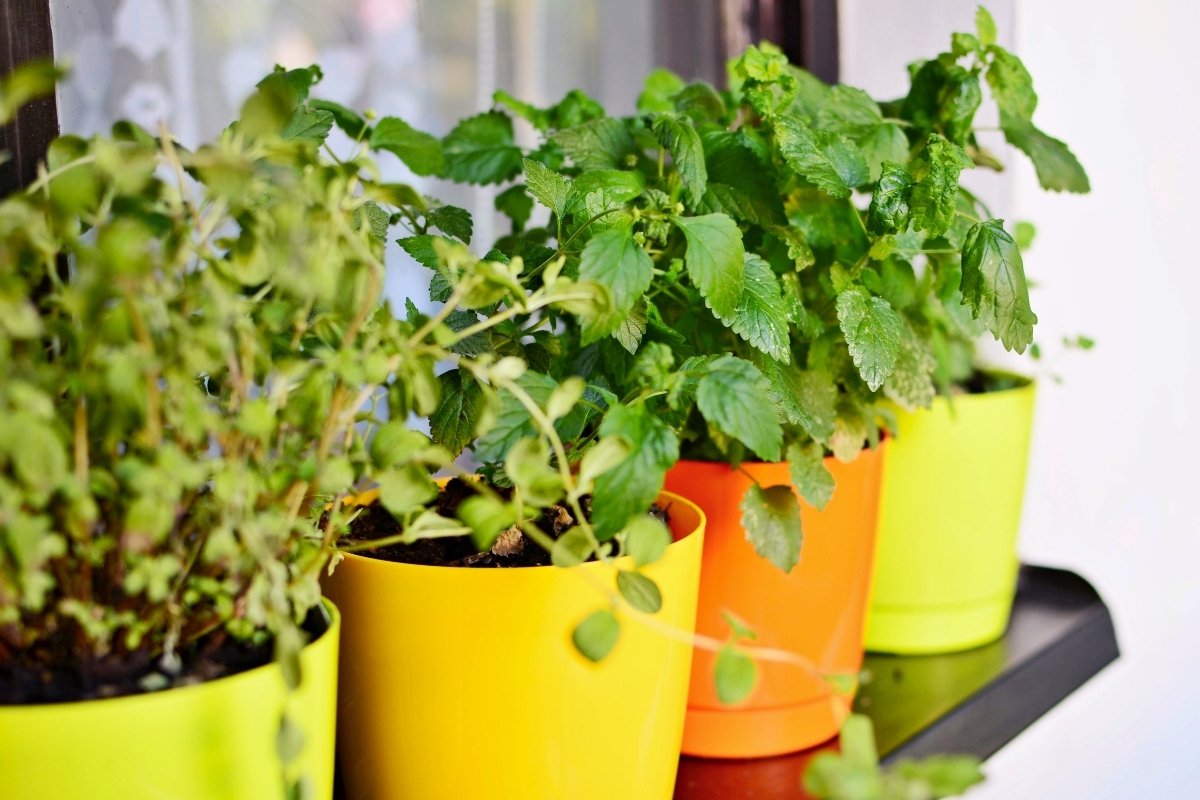Last Updated on December 28, 2022 by Tony Manhart
Self watering pots are excellent self-irrigation containers that help in providing non-stop streams of water directly into the soil. But are there any problems with self watering pots? Problems with self watering pots are what we will be looking at in this post.
Self watering pots also called self watering planters have become pretty popular in these recent times and this is due to the busy lifestyle of modern life. It is a device that can always help with watering plants, especially for those that are very busy.
But with the great things you’ve heard about self watering pots, do you know if there are any disadvantages or problems to using them? Problems with self watering pots will be our discussion here so let’s delve in. We will also suggest some remedies you can go for to mitigate these problems with self watering planter.
What Is A Self Watering Pots Or Planter?
A self watering pot or planter is a device that provides water to the soil of your plant and it usually consists of two pots. The two pots are the outer pots that hold water then there is a second inner pot that holds the potting mix.
The self watering planter also has a reservoir where water is sipped by the root of the plant through the wick that joins the two compartments.

Problems With Self Watering Pots: Top 5 Problems Associated With Them
There may be lots of interesting benefits to using a self watering planter. But you should also be aware of some problems you may encounter while using this self watering pot.
Below we have listed the most common problems associated with using self watering pots and they include:
1. They May Not Be Ideal For All Types Of Plants
Some plants aren’t suitable to be used with self watering pots and these kinds of plants are plants that prefer dry or well-draining soil. These plants include cacti and succulents. If plants such as succulents are been fed with continuous water, they can stand the risk of dying from too much watering.
This is because succulents and cacti are used in desert environments and they will need to dry out in between watering sessions. Therefore, self watering pots won’t benefit plants such as cacti and succulents.
2. They Can Serve As A Breeding Ground For Mosquitoes
One significant problem associated with using self watering pots is that they can become a breeding ground for mosquitoes. This is because of the drainage holes where water gathers up into the reservoir. This water held by the reservoir is a perfect spot for mosquitoes to lay their eggs as the water is stagnant.
Mostly, the eggs of mosquitoes can hatch within 28 hours and this tends to encourage the multiplication of mosquitoes because of the constant soggy conditions of the pot. This problem tends to be more serious if you live in a country that is warm and humid.
Thermacell Mosquito Repellent Lantern; No Spray Mosquito Repellent for Patios
Solution: You can do some things to prevent or minimize this issue. The water that gathers up in the self watering pots will need to be discarded every few days. Then anytime you fill the reservoir with water, cover any access hole using a small square of fly screen mesh.
Another option to this issue is that you can find a pot design that the water access is sealed off.
3. Not Recommended For Outdoor Use
Problems with self watering pots can arise if the pot doesn’t have an overflow opening. If there is no free-flowing drainage hole or an overflow hole, the plant is susceptible to over-watering. Hence, this can lead to root rot.
Therefore, if by any chance you leave the plant outdoors when it rains, the plant will be exposed to excess water from rainfall.
Solution: Going for a self watering planter that has an overflow opening is recommended and you can also drill the hole if it lacks one. You can also make use of a more porous or airy soil to minimize root rot.
4. May Invite Algae And Fungus Gnats
Due to the consistent soil moisture the self watering planter provides, this can make the plant susceptible to algae and fungus gnats.
So, algae can thrive or grow due to excess moisture present in the soil. Now the presence of algae can become an issue because it drastically harms the plant’s growth by competing for water and nutrients.
Fungus gnats are fruit fly-sized insects and they usually have a similar appearance to mosquitoes. Fungus gnats usually affect most indoor houseplants. These fungus gnats are attracted to the moisture present in the soil and they tend to lay eggs on organic matter that is on the surface of the soil.
In as little as a week, the eggs can hatch into larvae and they burrow into the soil to feed on fungi and decaying plant material.
Click Here to Get Info About:
5. May Lead To Poor Growth Of Roots
Normally, most plants prefer to spread out their roots. Hence, their roots can be pushed in all directions and this includes towards the ground.
Underneath the pot is where the self watering planter water is situated. Now when the roots branch in the way of the pot of the self watering planter; the roots lands into water.
If the roots of the plant land on in pure water, the growth of the plant will be limited because of insufficient oxygen.

Problems With Self Watering Pots Final Thoughts
It is true that self watering planter offers great benefits but they also come with some cons. Problems with self watering pots or planters can arise in different ways. We have listed some of the problems that may arise when using this planter.
Best Plants For Self Watering Pots
There are many types of plants that can thrive in self-watering pots, which are containers that have a built-in watering system to help keep the plants hydrated. Here are a few examples of plants that are well-suited for self-watering pots:
-
Herbs: Herbs such as basil, mint, and parsley are relatively low-maintenance and do well in self-watering pots. They also have a relatively shallow root system, so they are less likely to become overwatered.
-
Succulents: Succulents are known for their ability to thrive in dry conditions, making them a good choice for self-watering pots. Examples include aloe, cactus, and jade plant.
-
Tomatoes: Tomatoes are a popular choice for self-watering pots, as they require consistent watering to produce good yields.
-
Lettuce: Lettuce is another good choice for self-watering pots, as it grows quickly and does not require a lot of water.
-
Peppers: Peppers are another vegetable that can do well in self-watering pots, provided they receive enough light and are kept in a warm location.
It’s important to note that all plants have different watering requirements, so it’s important to do your research and make sure that you are providing the right amount of water for the specific plants you are growing. You should also be mindful of the size of the self-watering pot you are using, as some plants may require a larger pot to accommodate their root systems.
FAQ’s
Are self watering pots bad?
There are nice benefits to gain from using self watering pots or planters. However, it also comes with some cons. Some of the disadvantages you may encounter may be root rot, algae, and fungus gnat invasion, breeding grounds for mosquitoes, and incompatibility with some plants.
Do self watering pots cause root rot?
Yes. Self watering pots or planters may cause root rot if the planter does not have an overflowing opening. Hence, the water passing through the pot can flood the soil causing root rot.
Can you overwater plants with self watering pots?
Yes, it is possible to over-water plants when using self watering pots. This is possible if there is no overflow or gauge.
What do you put in the bottom of a self watering planter?
Ideally, it isn’t really necessary to add things such as a rock in the bottom of your self watering planter. But if you still wish to do this, you can simply put just one rock to cover the drainage hole so the soil doesn’t leach out but water can still flow freely through the pot.

Eunice is a gardener who loves to play in the dirt. She starts her day early in the morning, watering her plants and tending to her garden. She loves the smell of freshly cut grass and the feeling of sunshine on her back as she works. She‘s a master at creating beautiful flower arrangements and can often be found humming a tune as she tends to her plants. When she‘s not gardening, she loves to read books about nature and share her knowledge with others. Eunice loves gardening so much that she‘s even been known to talk to her plants!


